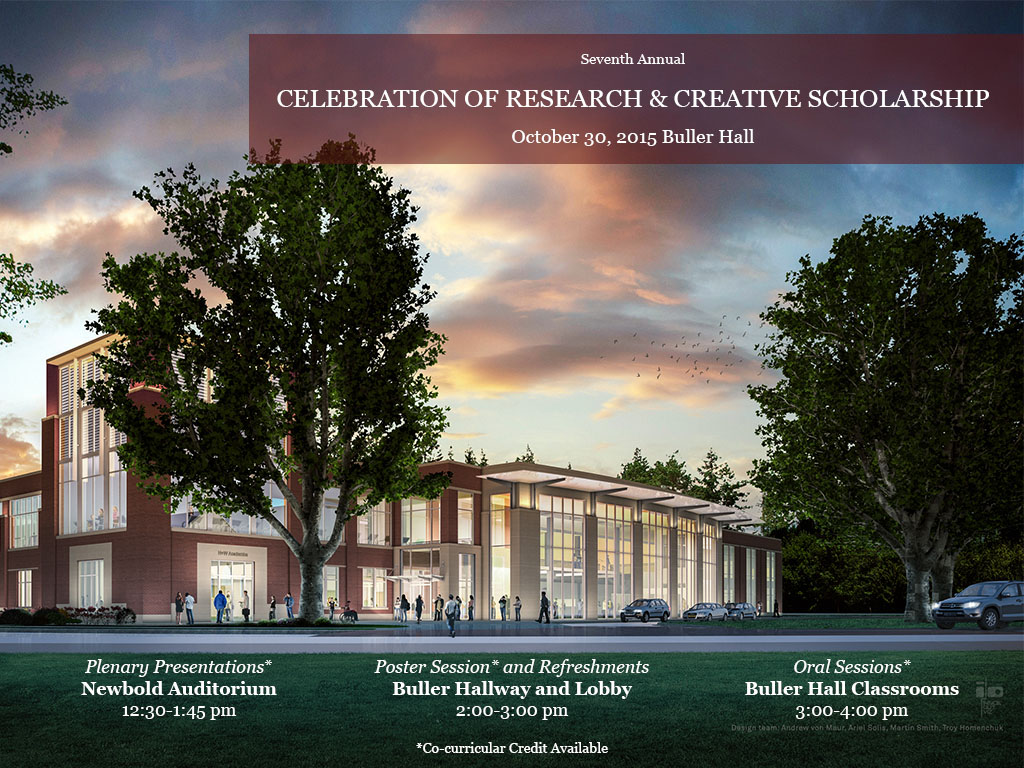P-18 Generation and Mission Giving among North American Division Seventh-day Adventists
Presenter Status
Assistant Professor of World Mission, Department of World Mission; Director, Insitute of Church Ministry
Second Presenter Status
Director, Institute for Prevention of Addictions; Research Professor of Sociology, Department of Behavioral Sciences
Third Presenter Status
Associate Dean, College of Health
Fourth Presenter Status
Master's Student, Community and International Development Program
Preferred Session
Poster Session
Start Date
30-10-2015 2:00 PM
End Date
30-10-2015 3:00 PM
Presentation Abstract
Purpose -- In this on-going study we are examining NAD church member's awareness of mission offering, the extent of giving, motivations of giving, barriers to giving and what could overcome those barriers. In these analyses we are examining differences in selected variables by generation.
Methods – Initially, a stratified random sample of 200 NAD churches (with membership more than 50) was drawn. Pastors were contacted to provide a list of email addresses of members or to forward the email message with survey link to the church members. Additionally, 300 randomly selected churches including those with membership less 50 were added when anticipated number of responses was not obtained.
Variables Examined – We examined variables related to what influenced mission giving by generation/age group. We used Chi Square and correlational analysis to examine these variables.
Findings – Younger age groups were more likely to have seen the impact of mission offerings, but were less likely to have given. Further, younger age groups reported that they were more influenced by clear financial reports and trust in church leaders than older generations. Finally, unlike older generations, younger age groups did not believe that their mission giving had any relationship to their love of Christ.
Conclusions – Younger generations personally experienced the positive impact of mission giving, but were less likely to give. These data suggest that it is important for church leaders to be more transparent in financial reports, build trust and link ones relationship to Christ to supporting world mission.
P-18 Generation and Mission Giving among North American Division Seventh-day Adventists
Purpose -- In this on-going study we are examining NAD church member's awareness of mission offering, the extent of giving, motivations of giving, barriers to giving and what could overcome those barriers. In these analyses we are examining differences in selected variables by generation.
Methods – Initially, a stratified random sample of 200 NAD churches (with membership more than 50) was drawn. Pastors were contacted to provide a list of email addresses of members or to forward the email message with survey link to the church members. Additionally, 300 randomly selected churches including those with membership less 50 were added when anticipated number of responses was not obtained.
Variables Examined – We examined variables related to what influenced mission giving by generation/age group. We used Chi Square and correlational analysis to examine these variables.
Findings – Younger age groups were more likely to have seen the impact of mission offerings, but were less likely to have given. Further, younger age groups reported that they were more influenced by clear financial reports and trust in church leaders than older generations. Finally, unlike older generations, younger age groups did not believe that their mission giving had any relationship to their love of Christ.
Conclusions – Younger generations personally experienced the positive impact of mission giving, but were less likely to give. These data suggest that it is important for church leaders to be more transparent in financial reports, build trust and link ones relationship to Christ to supporting world mission.




Acknowledgments
General Conference Office of Archives, Statistics, and Research & Andrews University Faculty Research Grant